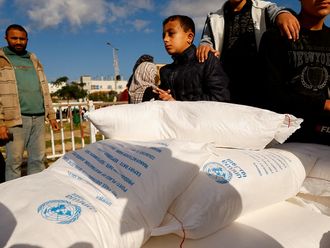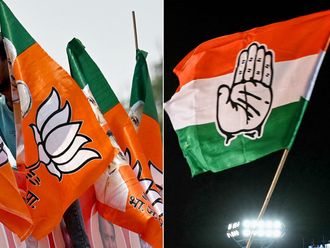Saudi Arabia’s plans to increase public spending to an all-time high of 978 billion riyals ($261 billion) in its 2018 budget is expected to boost economic growth in the kingdom, which has been lagging because of fiscal retrenchment following the sharp decline in oil prices over the past three years.
The increase in budget allocation was largely expected as the kingdom looks to support economic activity, while continuing fiscal reforms such as the introduction of the value added tax (VAT) and further subsidy reforms.
With a projected deficit for the fifth consecutive year in 2018 that accounts for an estimated revenue shortfall of 195 billion riyals, the government has managed to rein in deficits by 2 per cent compared to 2017 budgeted deficit and 15 per cent lower than actual deficit.
A lower deficit will be a welcome boost for the kingdom as it grapples with lower oil revenue that caused the budget deficit to surge to about 15 per cent of GDP in 2017.
The finance ministry said the budget deficit for 2017 came in at 227.88 billion riyals, higher than the expected 198 billion riyals but still lower than the 327 billion riyal shortfall in the previous year. Actual revenues for the current fiscal year rose by a healthy 34 per cent compared with 2016 to $185.6 billion due to improving oil and non-oil revenues.
Recent increase in oil prices has given more fiscal space for the kingdom to achieve its targets in a phased manner with lesser impact on economic growth. While keeping the spending high and deficits at manageable levels, the Saudi government has signalled that they are in no hurry to balance the budget at the cost of growth.








